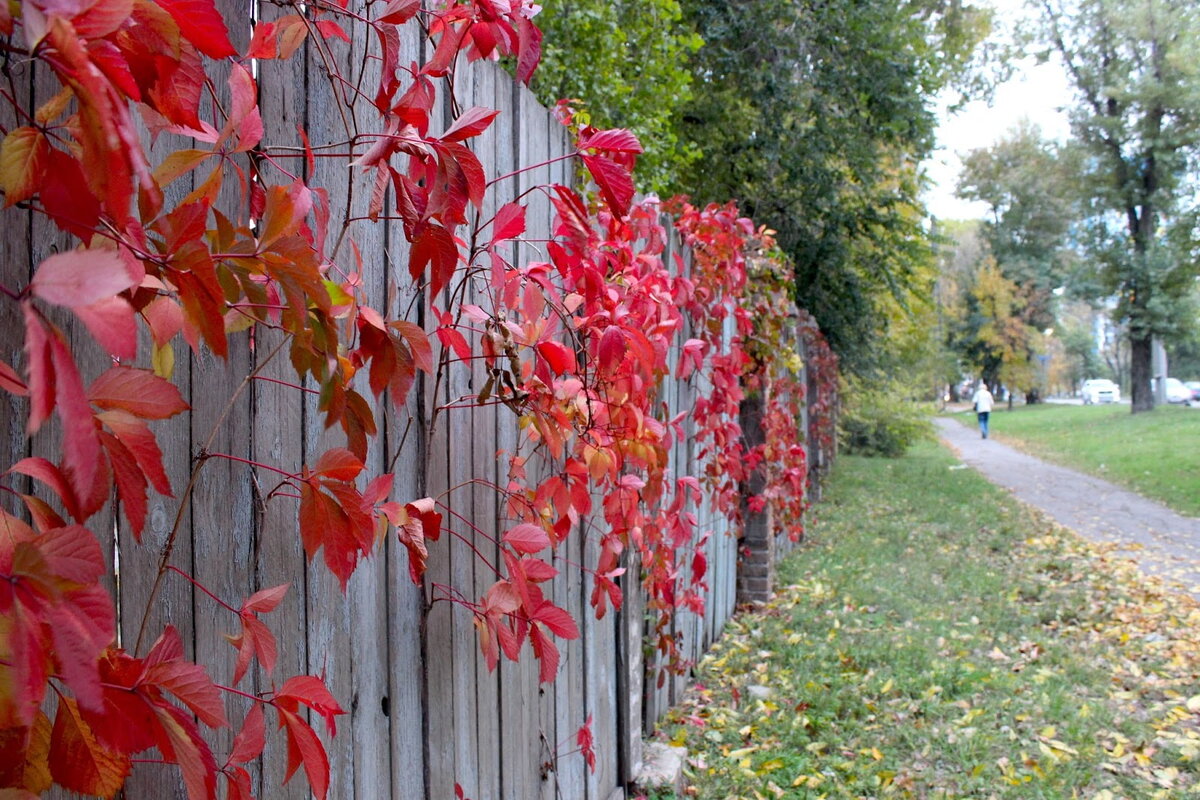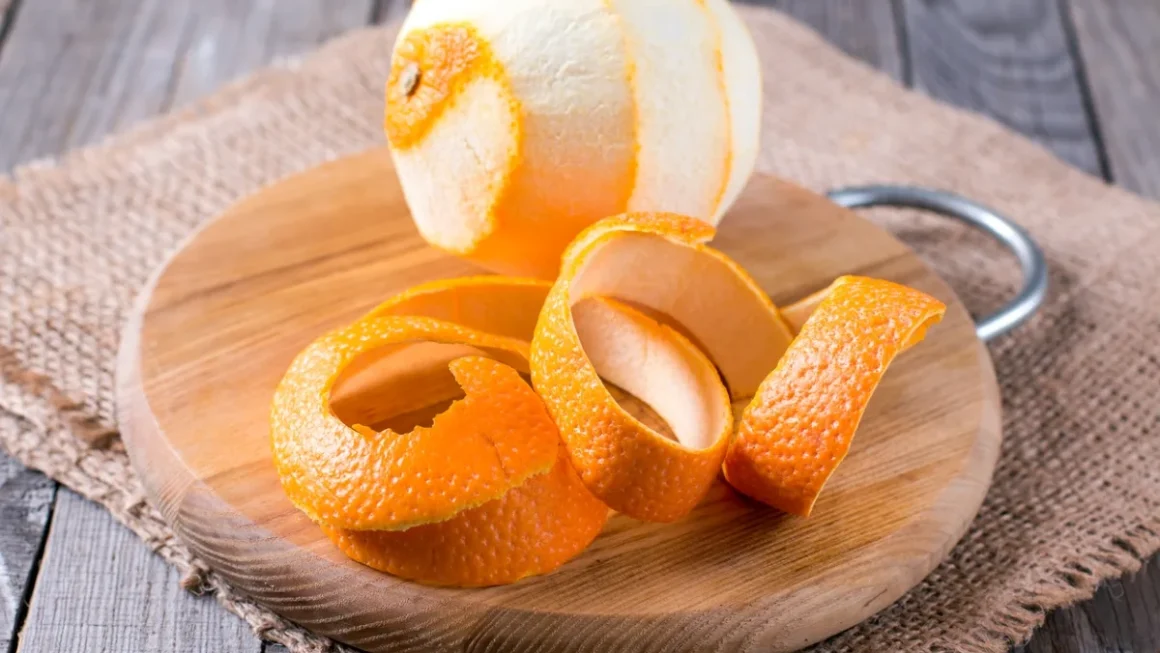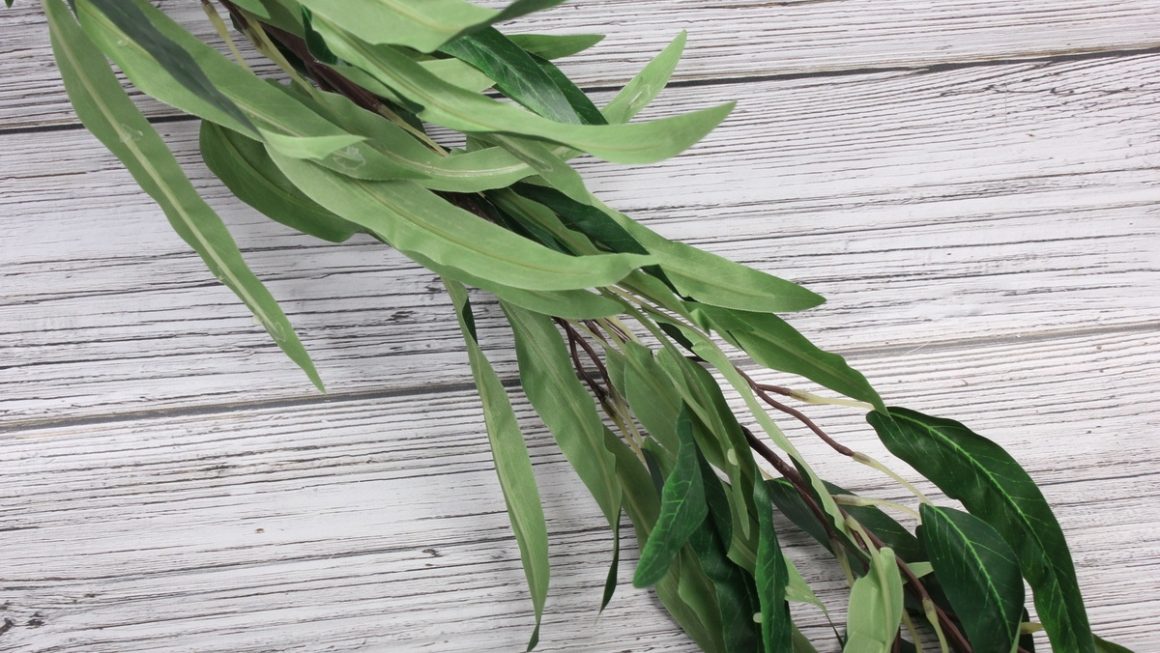Is ivy a friend or foe to your trees? Find out when and how to take action (or not) this autumn to protect biodiversity and your plants.
Autumn is here. With it come falling leaves and social media filled with sometimes contradictory advice on garden maintenance. One of the most divisive topics is ivy. This ubiquitous climbing plant is often seen as a threat to the trees it colonises. It’s tempting to get out the secateurs. But is that really a good idea?
The question deserves to be asked: should ivy climbing on trees be cut back in autumn? To answer this, we analysed the recommendations of forestry experts and naturalist institutions.
What science says
Contrary to popular belief, ivy, or Hedera helix, is not a parasitic plant. It does not draw sap from the tree that supports it. Its roots, known as crampons, simply allow it to cling on in search of light. This perennial plant, which can grow up to 30 metres high and live for several centuries, is in fact a key player in our ecosystems.
The National Museum of Natural History highlights its major ecological role. Its late flowering, between September and October, provides a vital source of nectar and pollen for many insects, such as bees and hoverflies, at a time when flowers are scarce. Its black berries, which ripen in winter, are an essential food source for birds.
In addition, its evergreen foliage provides shelter all year round. The League for the Protection of Birds (LPO) points out that ivy serves as a nesting site in spring and winter shelter for species such as tits and wrens, as well as small mammals such as hedgehogs.
When should action be taken?
The coexistence of ivy and a healthy tree is generally beneficial. Experts from the Office National des Forêts (ONF) and the Société Nationale d’Horticulture de France (SNHF) agree that action is not always necessary. It only becomes necessary in specific situations.
Warning signs:
- The tree is diseased, old or weakened. In this case, ivy can trap moisture against the bark and promote the development of fungi or parasites.
- The ivy is invading the crown. If its foliage covers the main branches, it competes for light, which can weaken the tree.
- The weight becomes excessive. On a fragile tree, the weight of the ivy, especially when it is waterlogged or covered with snow, can cause branches to break.
The general rule is to take action if the ivy covers more than half of the trunk and begins to obscure the main structure of the tree.

How can you intervene without causing damage?
If intervention is justified, autumn is a good time to do so. The sap in trees has slowed down, which promotes better healing before winter.
Specialists recommend a gentle method, far from brutal removal.
- Target the base: Use pruning shears or a small saw to cut the main stems of the ivy at the base of the trunk, at a height of 20 to 30 centimetres. Be careful not to damage the bark of the tree.
- Leave to dry: Do not attempt to pull out ivy that is still green. You risk damaging the bark and branches of the tree. In a few weeks or months, the ivy will dry out in place.
- Remove carefully: Once dry, the ivy will come away much more easily, without causing any damage.
Above all, the LPO (League for the Protection of Birds) emphasises one crucial point: avoid any drastic pruning between March and the end of August so as not to disturb birds during their nesting period.
Why it’s important
Changing our view of ivy is a biodiversity issue. In a context of declining insect and bird populations, preserving these ‘shelter plants’ is essential. Ivy, often wrongly judged, is a pillar of green networks in both urban and rural areas. It protects bark from thermal shocks, promotes humus in the soil and provides a micro-habitat for a wide variety of wildlife.
Rather than seeking to eradicate it, we need to learn to manage it wisely. Containing its vigour where it threatens a fragile tree, yes. Systematically removing it, no.
Reasoned management is the key. Let ivy thrive on walls, fences or sturdy trees. It contributes to the balance of your garden and provides valuable and free ecosystem services.
The next time you come across a tree covered in ivy, you may no longer see it as a victim, but as the support for a dynamic ecosystem. Managing your garden in harmony with nature means above all observing, understanding and intervening only when necessary. A less interventionist approach is often more beneficial for both nature and the gardener.




